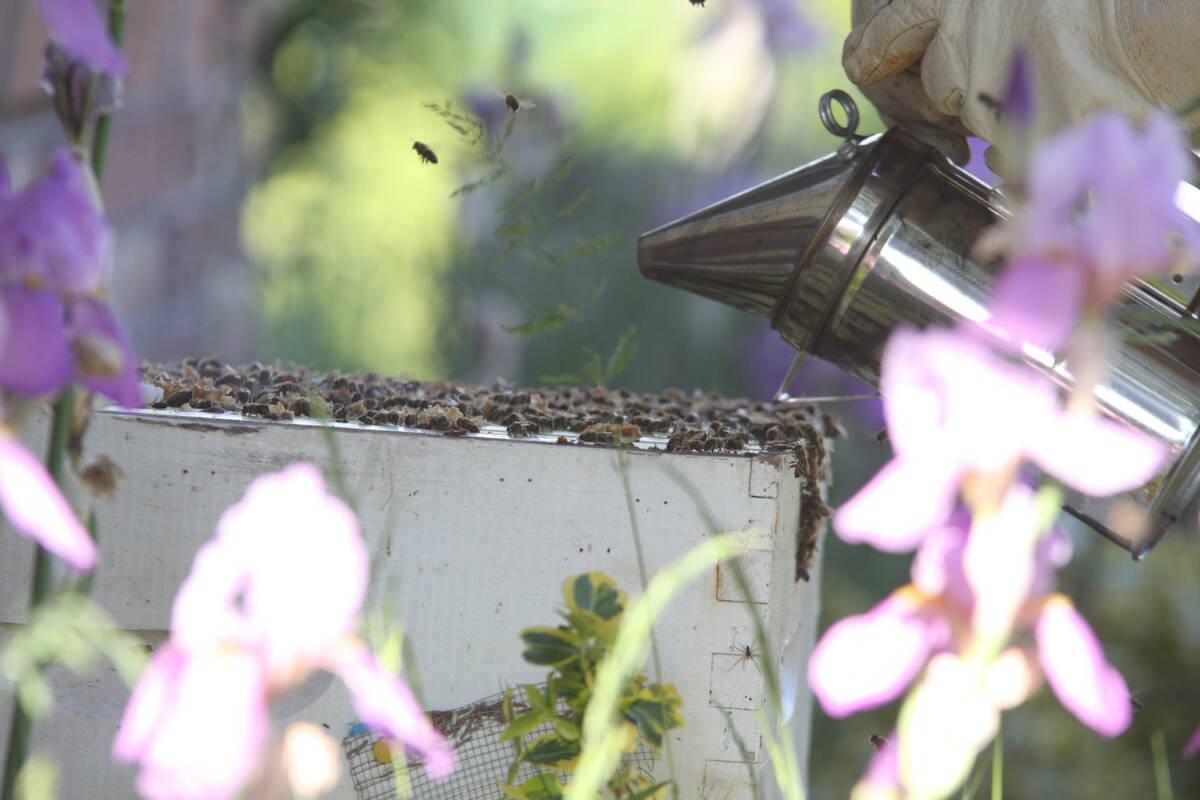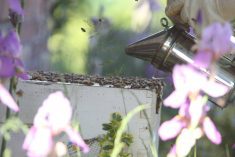BENGOUGH, Sask. – Is there a crisis on the farm?
As governments have navigated their way through development of a farm income assistance program over the last several months, that question has been asked more than once.
Some say the problems are regional or sectoral.
For more than 200 people packed into the Bengough community centre on a stormy winter night, the numbers presented by guest speakers confirmed what they suspected.
Calls to the Saskatchewan farm stress line totaled 1,581 in 1998, the second highest number since the line began operating in 1992.
Read Also

Manitoba beekeepers battle for survival
Honeybee colony losses have hit 43 per cent, making 2025 the latest in a string of poor bee survival years for Manitoba’s honey producers
Sales at one local farm equipment dealership were down 35 percent in 1998 compared to the previous year. This year’s first quarter results versus the first quarter of 1998 are down another 25 percent.
And Ogema, Sask., farmer David Webb has seen six neighbors within a 13-kilometre radius of his farm, all under the age of 45, leave agriculture in the last two years.
“The way of life is dying,” he said.
Speaker after speaker talked of rising input costs, the stress of working both on and off the farm and what they could do about it.
Donna Morris spoke on behalf of many farm women. She surveyed 25 farm women, ranging in age from 30 to 60, all of them working off the farm.
“Eighty-three percent stated that they had to help pay farming expenses with their paycheque,” Morris said. “From this it seems obvious that not only will a farm not support a family anymore, but many farms need extra cash just to try and keep up with operating expenses.”
Willow Bunch, Sask., farmer Mike Cayer illustrated how expenses have risen compared to income. When he began farming in 1981, durum was worth $7 a bushel and spring wheat was $6.81, he said. This month, durum is worth $2.90 and wheat $2.50.
In 1981, fertilizer was $155 a tonne; now it’s $385, he said. A 135 horsepower tractor cost less than $25,000; now it’s more than $100,000. And farm fuel has risen about five cents a litre.
On the cattle side, prices have risen in a range of 83 to 90 cents a pound, to about $1.20, he said. But a round baler now costs more than $35,000, compared to $8,200, and a bag of twine is nearly three times the 1981 cost of $12. Cayer said other people would revolt if their incomes fell so dramatically.
“We hope farmers are not going to take those measures,” he said.
The crowd voted in favor of several resolutions aimed at bringing stability to the farm, including financial help for first-time farmers, an immediate per-acre payment and the reinstatement of PFRA’s permanent cover program.
They also sent a message to provincial agriculture minister Eric Upshall, who was in attendance.
“I don’t think you people are really aware of where we’re living here,” said Phil Lewis, who farms south of Moose Jaw. “We’re just being gradually screwed into the ground out here.”















